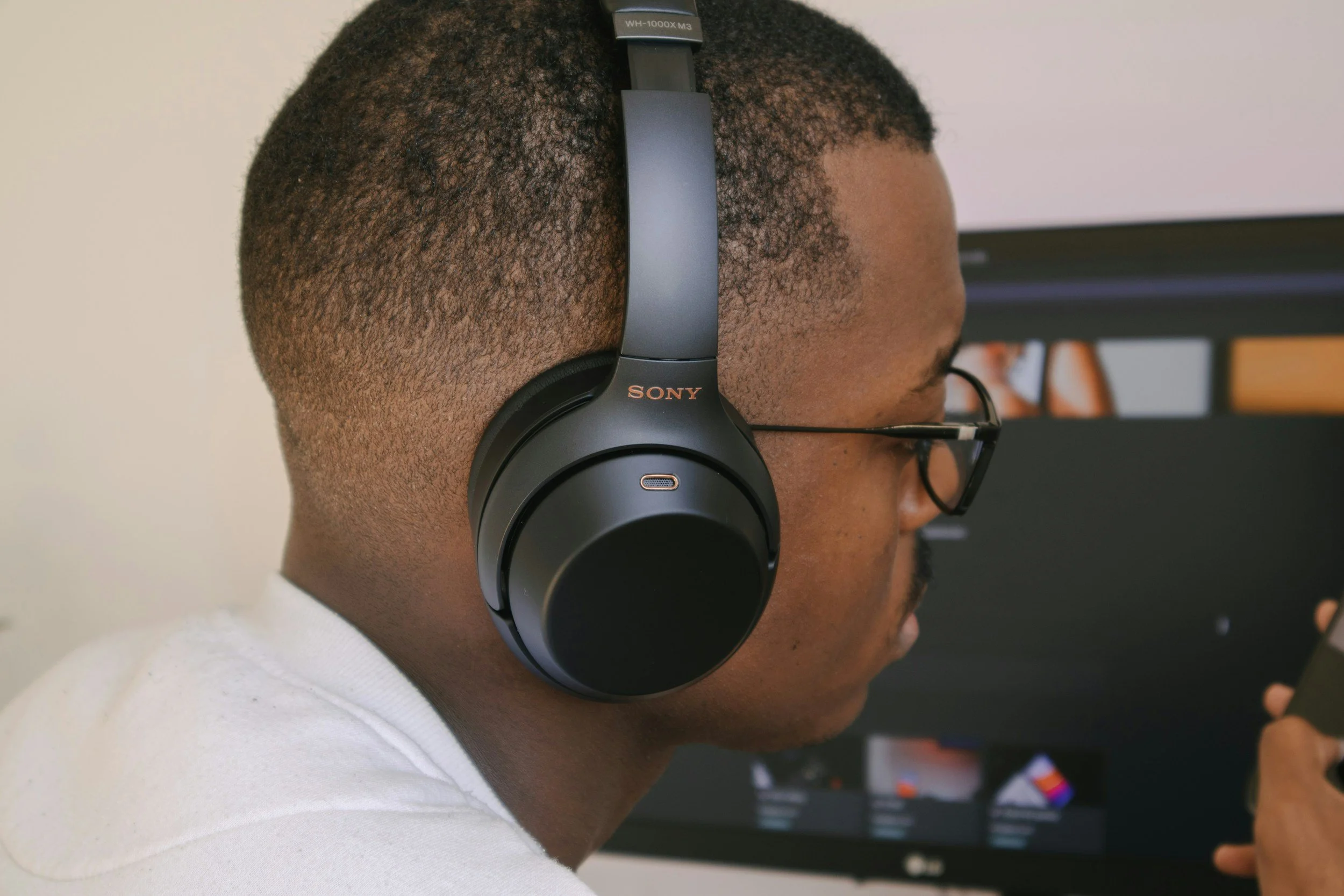Sensory Processing Differences
Sensory processing differences are caused by challenges in receiving, interpreting, and responding to sensory information. Individuals may be over-sensitive, under-sensitive, or both, to one or several stimuli like sounds, lights, textures, smells or tastes. This can significantly affect how a neurodivergent student experiences, functions and interacts whilst on placement.
How sensory processing differences might show up on placement
The student may:
Be easily distracted
Experience increased muscle tension and headaches
Struggle to filter sensory input
Be affected by increased stress and anxiety
Show signs of increased emotional lability
Potential impacts on the student’s learning and engagement
Reduced concentration and focus
Reduced productivity
Increased absences
Increased meltdown and shutdowns at home
Examples of potential Reasonable Adjustments on placements
Provide sensory breaks in sensory calming rooms
Hybrid working
Encourage students to utilise sensory management tools. Be clear with the student when they are and are not allowed to use them. Examples of sensory tools include:
Loops (noise cancelling ear buds)
Noise cancelling headphone
Tinted glasses
Caps/Hats
Stimming tools and tangles


